What is venire bene and venire male in Italian?
Venire bene and venire maleare Italian expressions you can find in everyday language.
Let’s look at these examples in contexts of how they can be used.
Questo risotto è proprio venuto bene!
This risotto turned out really good.
Sono venuta male in quella foto, cancellala!
I look bad in that picture; delete it!
Ho preparato dei biscotti oggi, ma mi sono venuti male.
I prepared some cookies today, but they didn’t come out well.
What is the meaning of venire bene and venire male?
As you can see from the examples above, the expressions venire bene and venire male can have two main meanings: to turn out or come out well or badly and to look good or bad in a picture.
Sei venuto proprio bene in questa foto!
You look really good in this picture!
Il dolce non è venuto bene, lo dovrò rifare.
The dessert did not come out well; I will make it again.
Sometimes, when we use this expression with the meaning of to turn out or come out well or badly, we can add an indirect personal pronoun (mi, ti, gli, le, ci, vi, gli) in front of the verb, to specify who made things turn out well or badly.
If we do not want to specify who did it, we can just omit the personal pronoun.
Here are some examples:
Ti è venuta bene questa torta, complimenti!
You made this cake (come out) well, well done!
Ci sono venuti male i bordi, non va bene.
The edges came out badly (to us), it’s not good.
Be careful, this cannot be done with the other meaning of the expression to look good or bad in a photo.
When and how to use venire bene and venire male?
This expression is quite informal and is often used in regards of food, but it can be applied to any kind of product we make and create.
Il quadro (ti) è venuto bene.
The painting came out well (to you).
Mi sono venute bene queste decorazioni secondo te?
Do you think these decorations came out well (to me)?
As you can see, the past participle must agree with the product we are describing in gender and number.
The verb essere (to be) also takes the third person singular è or plural sono, depending on what we are describing.
With the meaning of looking good or bad in a photo, the verb essere can take any form, depending on the subject described:
Siamo venute bene in questa foto.
We look good in this photo.
Siete venuti davvero male qui.
You look really bad in this one.
What does uscire bene and uscire male mean in Italian?
The expressions uscire bene and uscire male are also used for the same purposes in colloquial language.
It is basically a synonym of venire bene and venire male, and the two can be used interchangeably with no problem. The same rules apply to both.
Queste bruschette ti sono uscite proprio bene.
These bruschettas came out (to you) really well.
Sono usciti malissimo in quella foto.
They look so bad in that photo.
If you want to ask someone how something turned out, or how you look in a picture, just use this construction with the word come (how).
Come ti sono uscite/venute le decorazioni di Natale?
How did the Christmas decorations come out (to you)?
Come sono uscita/venuta nella foto?
How do I look in the picture?

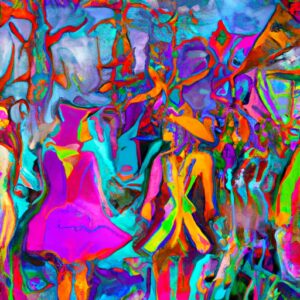
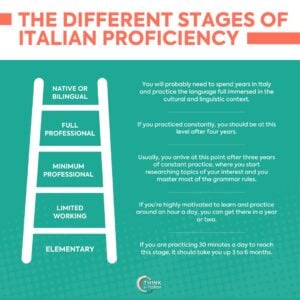
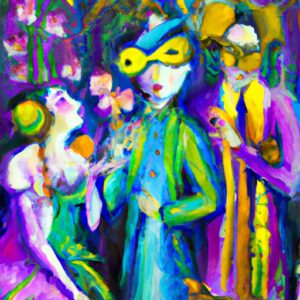
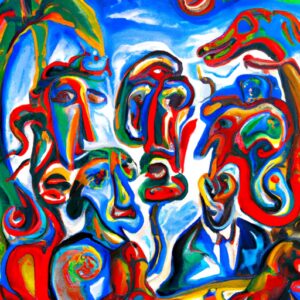




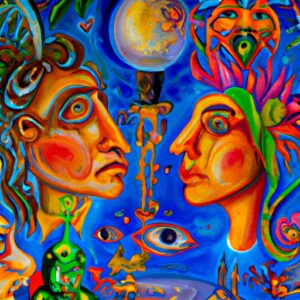


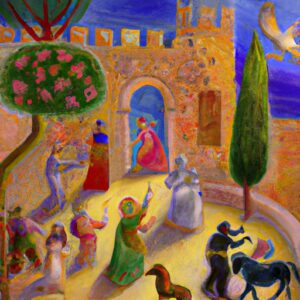







3 Responses
Mi sono venute bene queste decorazioni secondo te?
Do you think these decorations came out well (to me)?
What does this actually mean?
Vuole dire che io ho fatto le decorazioni. 🙂
Sometimes, when we use this expression with the meaning of “to turn out/come out well/badly” we can add an indirect personal pronoun (mi, ti, gli, le, ci, vi, gli) in front of the verb, to specify “who” made things turn out well or badly.